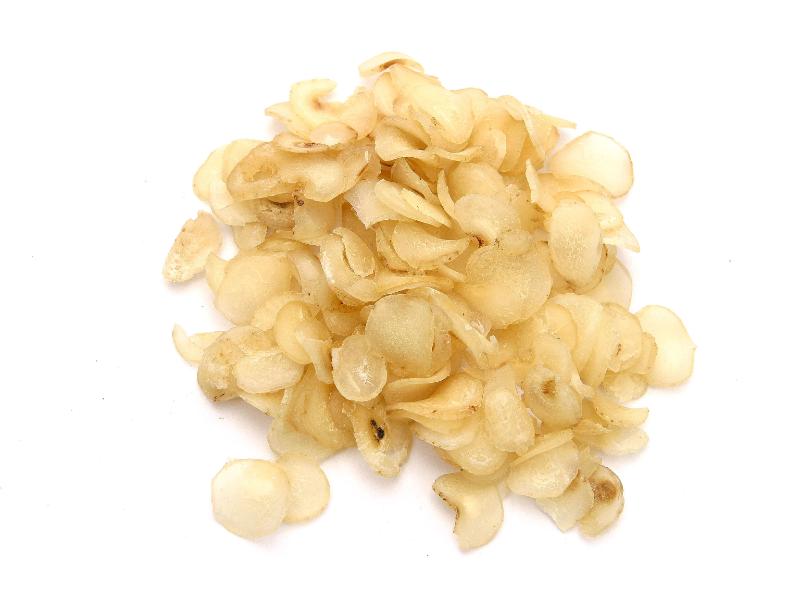Search in medicinals

Kingdom: Plant
Origin in PRC Pharmacopoeia: <i>Pinellia ternata</i> (Thunb.) Breit. (<i>PRC Pharmacopoeia</i>)
Origin in unofficial sources: <i>Pinellia ternata</i> (Thunb.) Breit.
Use: Medicinal
Category: Phlegm-transforming cough-relieving panting-calming agents / Phlegm-transforming agents
Properties: Acrid; warm; toxic.
Channel entry: Spleen, stomach, and lung channels.
Actions and indications:
- Dries dampness and transforms phlegm: Cough and/or panting due to damp phlegm and cold phlegm.
- Downbears counterflow and checks vomiting: Vomiting.
- Disperses swelling and relieves pain: Goiter, phlegm nodes,
welling- and flat-abscesses (yōng jū), venomoussnakebite s.
Dosage and method: Oral: 3–10g in decoctions. Bàn xià is always processed for internal use, but it is sometimes used raw for external application (the raw form is highly toxic if taken internally). Different methods of preparation are used for different purposes.
Warnings: Bàn xià is traditionally said to clash with chuān wū (Aconiti Radix) and cǎo wū (Aconiti Kusnezoffii Radix). Because it is warm and dry, it should be used with care in yīn vacuity dry cough, bleeding patterns, heat phlegm, and dryness-phlegm. Severe poisoning can occur if the raw form is ingested, and overdosage of the prepared form should also be avoided. A variety of adulterants exist, so one should only purchase bàn xià from companies that assure correct identification.
Product description: Shēng bàn xià (生半夏 Pinelliae Rhizoma Crudum, raw pinellia [rhizome]), crude pinellia, is usually sold with its cortex already removed. It is hard, spheroid in shape, and about 5–14 mm in diameter. the exterior surface bears fine wrinkles and is pale gray in color, and yellowish where the cork has not been completely removed. At the fatter end is a depression where the shoot was removed, and surrounding it are many small pits where the roots were once attached. It is sold in ready-prepared slices, either prepared according to a complex procedure (pro formula) or boiled in ginger juice. Fǎ bàn xià (法半夏 Pinelliae Rhizoma Praeparatum, pro formula pinellia [rhizome]), pro formula pinellia, takes the form of slices that are white and farinaceous, while Jiāng bàn xià (姜半夏 Pinelliae Rhizoma cum Zingibere Praeparatum, ginger[-processed] pinellia [rhizome]), ginger pinellia, takes the form of slices that are semitranslucent and horny.
Quality: Dry firm round farinaceous tubers with the skins completely removed are the best.
Production area: Sìchuān, Húběi, ānhuī, Jiāngsū, Hénán, Zhèjiāng.
Etymology: <i>Bàn xià</i> 半夏, literally <q>half summer,</q> reflects the fact that this tuber is reaped in early summer.
Back to search result Previous Next